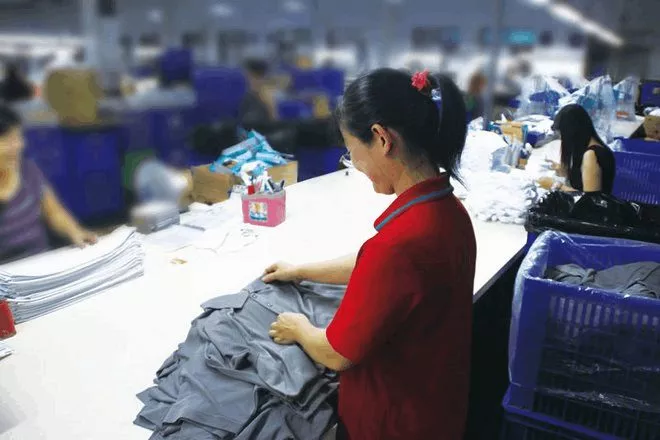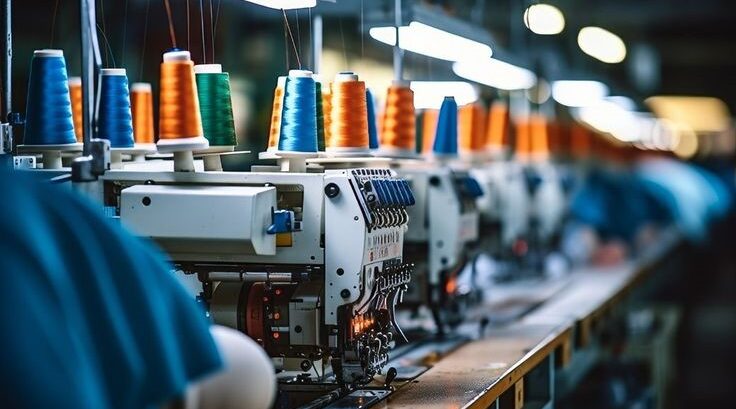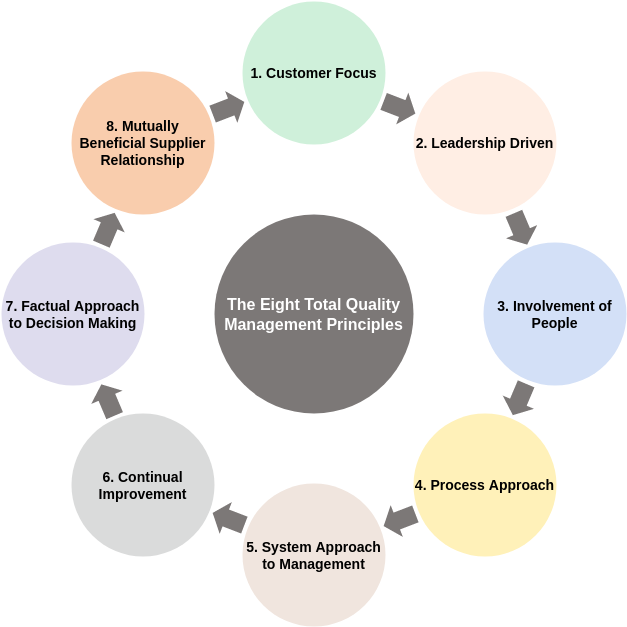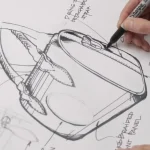Sourcing from China offers incredible opportunities for brands to access world-class manufacturing at a competitive cost. However, navigating this vast market can be challenging, especially for newcomers. What are the risks of buying from China? Based on our 18 years of experience, we’ve seen brands make the same preventable mistakes. This guide exposes the top 5 sourcing from China pitfalls and provides actionable strategies to avoid them. Our goal is to help you build a secure and successful partnership with a reliable supplier.

Pitfall #1: Prioritizing the Lowest Price Over Everything Else
It’s tempting to jump at the lowest quote, but this is one of the most common mistakes sourcing from anywhere. An unusually low price is often a red flag.
The Hidden Costs of a “Too Good to Be True” Quote
A low initial price can conceal hidden costs that appear later, such as charges for packaging, documentation, or unexpected material surcharges. What seemed like a great deal can quickly become a budget nightmare.
How Low Prices Can Lead to Compromised Quality
To offer an unsustainable price, a supplier might cut corners. This could mean using inferior materials, rushing production, or skipping crucial quality control steps, leading to a compromised quality that damages your brand’s reputation.
The Solution: Focusing on Value and a Transparent Cost Breakdown
Instead of the lowest price, seek the best value. Ask for a detailed and transparent cost breakdown. A trustworthy partner will be able to explain their pricing and justify the cost based on quality materials and robust processes.
Pitfall #2: Vague Communication and Unclear Specifications
Miscommunication is the root cause of most production errors. Ambiguity leads to expensive mistakes and delays.
Why Ambiguity is the Enemy of Good Manufacturing
If your instructions are not crystal clear, the factory is forced to make assumptions. These assumptions are rarely aligned with your original vision, resulting in samples and products that miss the mark.
The Critical Role of a Detailed Tech Pack
The best way to eliminate ambiguity is with a comprehensive Tech Pack. This document serves as a detailed blueprint for your product, leaving no room for interpretation. It is an indispensable tool for clear communication.

The Solution: Over-communicating and Using Visual Aids
Don’t be afraid to over-communicate. Use clear language, bullet points, and lots of visual aids like photos and diagrams. Confirm that your supplier has understood everything before moving to the next stage.
Pitfall #3: Ignoring Cultural Differences and Business Etiquette
Business is conducted differently around the world. Ignoring these nuances can lead to misunderstandings and strained relationships.
Understanding the Concept of “Guanxi” (Relationships)
In China, business is often built on strong relationships, or “Guanxi.” Taking the time to build rapport and trust can be just as important as the details of the contract itself.
Navigating Negotiation Styles and Directness
Communication styles can differ. What might be perceived as straightforward in one culture could be seen as blunt in another. Approach negotiations with patience and a collaborative mindset.
The Solution: Building a Relationship Based on Mutual Respect
The ultimate solution is to treat your supplier as a partner, not just a vendor. A relationship built on mutual respect and understanding will always yield better results. This is how you find and keep a reliable supplier.

Pitfall #4: Inadequate Quality Control Processes
How to avoid bad suppliers in China? A key indicator is their approach to quality control. Many brands make the mistake of waiting until the end to check for quality.
The Risk of Relying Only on a Final Inspection
If you only inspect the products after the entire batch is finished, it’s often too late to fix any widespread issues without significant delays and costs.
Why You Need “Boots on the Ground”
You need an expert presence on the factory floor to monitor production in real-time. This allows for immediate correction of any issues as they arise.
The Solution: A Multi-Stage QA Process with an On-Site Team
The most effective solution is a partner with a multi-stage quality control process, ideally with an on-site team. This ensures that quality is checked at every stage, from raw materials to final assembly, guaranteeing a consistent and high-quality outcome. Our co-located QA team is our promise of quality.

Pitfall #5: Unrealistic Expectations About Timelines
Delays are a major source of frustration in manufacturing. Often, this stems from a misunderstanding of the entire production timeline.
Factoring in Production Lead Times, Holidays, and Shipping
A realistic timeline must account for more than just the manufacturing time. You need to factor in raw material sourcing, sample approval, production lead times, national holidays (like Chinese New Year), and international shipping.
The Dangers of Rushing the Prototyping Phase
Rushing the prototyping and sampling phase is a recipe for disaster. Approving an imperfect sample just to save a week can result in an entire production run of flawed products.
The Solution: Proactive Planning and Clear Communication with Your Supplier
Work with your supplier to create a realistic, detailed timeline from the very beginning. Clear communication and proactive planning are the best tools to keep your project on track.
Turn Sourcing Pitfalls into Pathways for Success with a Reliable Supplier
Navigating the world of global manufacturing doesn’t have to be fraught with risk. By being aware of these common pitfalls and actively working to avoid them, you can build a resilient and efficient supply chain. The single most important decision you can make is choosing a partner who has the experience to guide you.
Looking for an experienced partner to help you avoid these sourcing pitfalls? Contact us to start a safe and transparent sourcing journey.
Frequently Asked Questions About Sourcing Risks
How do I protect my intellectual property (IP) when sourcing from China?
How do I protect my IP when sourcing from China? The best practice is to have a clear, bilingual NNN (Non-Disclosure, Non-Use, Non-Circumvention) agreement in place before sharing any sensitive design information. Working with a reputable supplier who values long-term partnerships is also crucial.
What is the best way to handle payments to a Chinese supplier securely?
What is the best way to handle payments to a Chinese supplier securely? A common and secure method is a Telegraphic Transfer (T/T). Typically, this involves a deposit (e.g., 30%) to start production and the remaining balance (70%) upon completion, often after a successful quality inspection but before shipment.
How can I verify a supplier’s credentials before placing an order?
How can I verify a supplier’s credentials? You can ask for their business license, check their export history, and look for a professional online presence. More importantly, evaluate their communication, transparency, and willingness to share details about their processes, like their quality control system. A trustworthy partner will be open and professional. We invite you to vet us.

